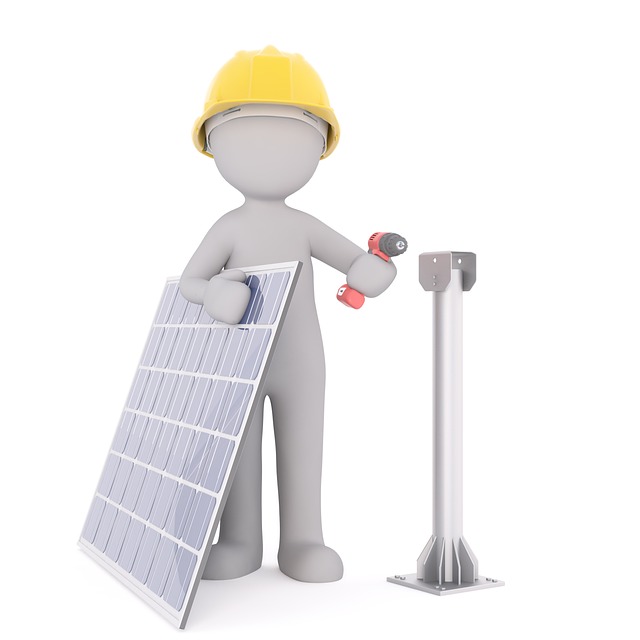Curious to know how much you can save by taking on a solar installation project yourself? Look no further! In our latest article, we delve into the cost savings of DIY solar installations. We’ll break down the potential savings in equipment costs, labor expenses, and even touch on the financial incentives and tax credits that can further boost your savings. Whether you’re an experienced DIYer or new to the world of solar, this article is your go-to guide for uncovering the financial benefits of going solar on your own. Get ready to crunch some numbers and discover just how much you can save with a DIY solar installation! If you’re considering harnessing the power of the sun to generate electricity for your home, you’re probably wondering about the potential savings of a DIY solar installation. While going the DIY route can save you money, it’s crucial to understand the factors involved and weigh the benefits against the challenges. In this article, we’ll delve into the key factors to consider when contemplating a DIY solar installation and help you calculate the potential savings.
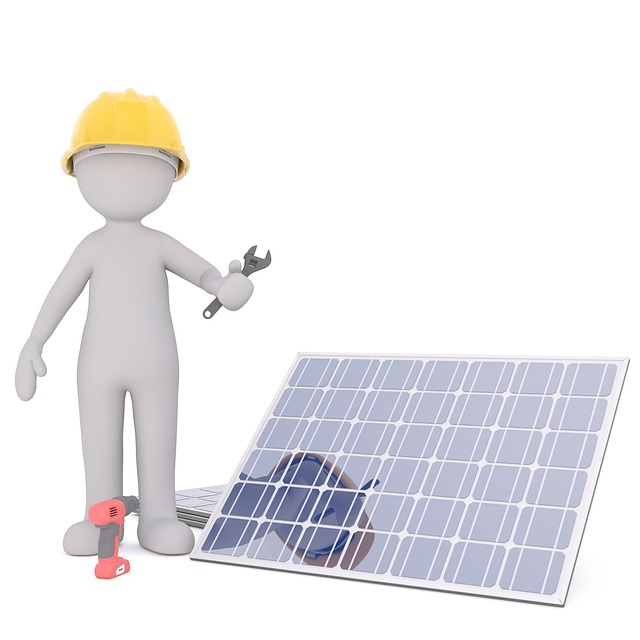
This image is property of pixabay.com.
Factors to Consider
Energy Consumption
Before jumping into a solar project, it’s essential to assess your energy needs. The amount of electricity your household consumes will determine the size of the solar array you’ll require. Take a look at your past energy bills to get an idea of your monthly usage and identify any potential energy-saving opportunities within your home.
Available Sunlight
The amount of sunlight your location receives is a crucial factor in determining the effectiveness of a solar installation. Consider the climate and the shading around your property. If you live in an area with ample sunshine and minimal shading, you’ll be able to generate more electricity from your solar panels.
Size of Solar Array
The size of your solar array will depend on your energy consumption and available sunlight. A professional installation company or online solar calculators can help you determine the right size for your needs. Keep in mind that a larger solar array will generally result in higher upfront costs but can potentially generate more electricity and greater savings in the long run.
Cost of Materials
When embarking on a DIY solar installation, it’s essential to research the cost of materials thoroughly. Solar panels, inverters, wiring, mounting brackets, and other necessary equipment all come at a price. Comparing prices from different suppliers and looking for deals or discounts can help you keep your costs down.
Cost of Professional Installation
Before deciding to take on a solar installation yourself, it’s essential to understand the costs associated with professional installation. While it might seem more convenient to have experts handle the job, it typically comes with a higher price tag.
Labor Costs
Professional installation companies charge for their labor, often based on the size and complexity of the project. Labor costs can vary significantly, so it’s crucial to obtain multiple quotes from reputable companies in your area. Keep in mind that labor costs can sometimes account for a significant portion of the total installation expenses.
Permitting and Inspection Fees
Another cost to consider when hiring professionals is the permitting and inspection fees. These fees vary depending on your location and can add up quickly. Professionals are aware of the necessary permits and regulations, but going the DIY route means you’ll have to navigate these requirements yourself.

This image is property of pixabay.com.
Cost of DIY Installation
Now let’s explore the potential costs involved in a DIY solar installation. While going the DIY route can save you money on labor, there are still essential factors to consider.
Cost of Materials
As mentioned earlier, the cost of materials is a significant consideration in any solar installation. Researching prices, comparing suppliers, and seeking out deals can help you keep costs to a minimum. It’s also worth considering the quality and warranties offered when choosing your materials.
Tools and Equipment
When taking on a DIY solar installation, you’ll need to have the necessary tools and equipment. These can include a drill, screwdrivers, wire cutters, a wrench, a ladder, and more, depending on the complexity of your project. If you don’t already have these tools, you’ll need to factor their cost into your overall budget.
Permitting and Inspection Fees
Just like with professional installation, DIY solar installations require permits and inspections. Research the requirements in your area and factor in any associated fees. The process can vary, but it’s crucial to ensure you adhere to all regulations for safety and compliance.
Savings from DIY Installation
Now that we’ve covered the costs, let’s look at the potential savings that come with a DIY solar installation.
Eliminating Labor Costs
One of the most significant advantages of going the DIY route is that you eliminate labor costs. By taking on the installation yourself, you’re essentially saving money on the installation company’s fees. This can result in significant savings, depending on the size and complexity of your project.
Reduced Material Costs
By researching suppliers and looking for deals, you can potentially save money on materials compared to what a professional installation company might charge. Additionally, by being intimately involved in the purchasing process, you have more control over the quality and cost-effectiveness of the materials you choose.
Potential Tax Credits and Incentives
Another benefit of going solar, whether through DIY or professional installation, is the potential for tax credits and incentives. The government often offers incentives to encourage homeowners to adopt solar power. Research available programs in your area and consult with a tax professional to determine if you qualify for any credits.
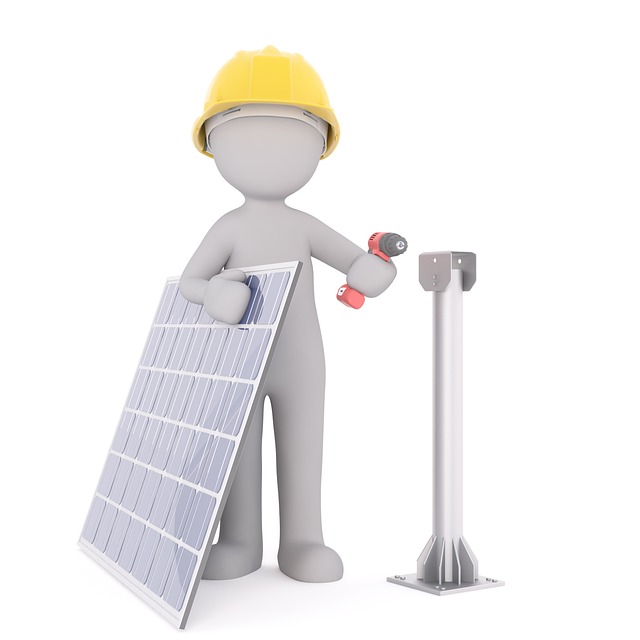
This image is property of pixabay.com.
Calculating the Potential Savings
To determine the potential savings of a DIY solar installation, you’ll need to consider several factors.
Estimating Energy Savings
Look at your past energy bills and calculate your average monthly electricity consumption. By generating your own electricity from solar panels, you can potentially offset a significant portion, if not all, of this energy usage. However, keep in mind that factors such as weather variations and seasonal changes can impact the amount of energy your solar array generates.
Comparing Installation Costs
Calculate the total cost of materials, tools, permits, and inspections for your DIY installation. Compare this to the quotes you’ve obtained from professional installation companies. Remember to consider the potential savings from eliminated labor costs.
Determining Payback Period
To gauge the financial viability of your DIY solar installation, calculate your payback period. This is the amount of time it will take for the savings from your solar system to recover your initial investment. Divide the total cost of your installation by the estimated annual savings on your energy bills. This will give you an idea of how many years it will take to break even.
Risks and Challenges
While the potential savings of a DIY solar installation are enticing, it’s important to be aware of the risks and challenges involved.
Technical Expertise Required
Installing a solar PV system requires a certain level of technical skills and knowledge. You’ll need to understand electrical wiring, mounting systems, and inverters, among other components. It’s crucial to educate yourself and ensure you have a solid grasp of the installation process before proceeding.
Quality and Warranty Concerns
Choosing high-quality materials is essential for the long-term success and durability of your DIY solar installation. Research reputable brands and read reviews to ensure you’re investing in reliable products. Additionally, be aware of the warranties offered on your chosen materials and understand the coverage and support available.
Performance and Efficiency
Without the expertise of professional installers, there is a risk that your solar array may not perform as efficiently as it could. Proper installation and maintenance play a crucial role in maximizing the energy output of your system. Be prepared to invest time and effort in learning best practices and ensuring your DIY installation is optimized for performance.
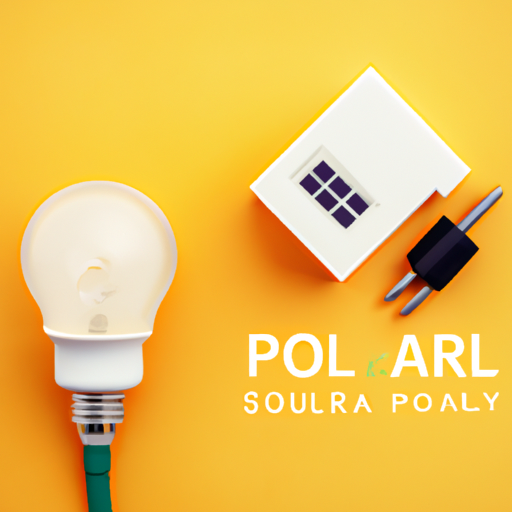
Ensuring Safety and Compliance
When it comes to any electrical installation, safety should always be a top priority. Here are a few key factors to consider:
Understanding Electrical Codes
Familiarize yourself with the electrical codes and regulations applicable to solar installations in your area. These codes are in place to ensure safety and compliance, so it’s crucial to follow them carefully.
Proper Equipment Grounding
Grounding is an essential component of any electrical system, including solar installations. Ensure you understand the grounding requirements and implement them correctly to protect against electrical faults.
Following Installation Guidelines
Every solar panel manufacturer provides installation guidelines that specify the proper installation and wiring procedures. It’s crucial to study these guidelines thoroughly and follow them closely to ensure the safe and efficient operation of your system.
Step-by-Step Guide to DIY Solar Installation
While we can’t cover every detail in this article, here’s a high-level overview of the DIY solar installation process:
Designing the Solar System
Calculate your energy needs and determine the size of the solar array required. Choose the appropriate panels, inverters, and other components based on your energy consumption and budget. Create a detailed design plan, including the placement of panels and wiring.
Obtaining Necessary Permits
Research the permitting requirements in your area and submit the necessary applications. Ensure you provide all the required documentation and pay any associated fees. Once you receive your permits, you can proceed with the installation.
Installing Solar Panels and Inverters
Carefully follow the installation guidelines provided by the manufacturers of your chosen panels and inverters. Mount the panels securely, connect the wiring, and install the inverters. It’s crucial to ensure all connections are secure and that proper grounding is in place.
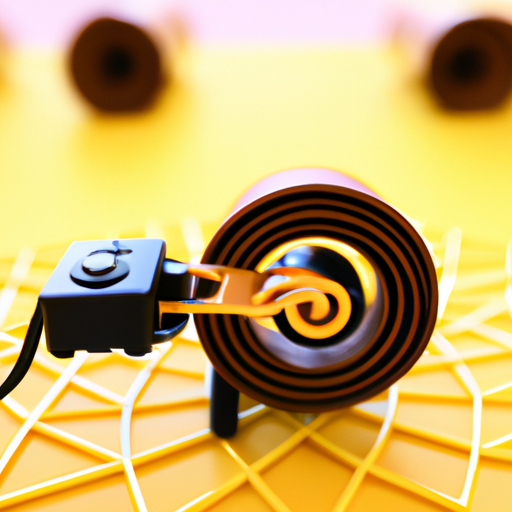
Learning Resources
To develop the skills necessary for a successful DIY solar installation, take advantage of the numerous learning resources available.
Online Tutorials and Video Guides
The internet is a treasure trove of tutorials and video guides that can walk you through the entire installation process. HomeSolarDIY offers a comprehensive library of instructional videos and guides that cover everything from the basics to advanced techniques.
Books and Publications
There are several books and publications available that delve into the intricacies of solar installations. These resources can provide in-depth knowledge and serve as valuable references throughout your DIY project.
Training Courses and Workshops
Consider enrolling in training courses or workshops that focus on solar installations. These hands-on experiences can provide invaluable practical knowledge and give you the confidence to tackle your DIY project.
Conclusion
Embarking on a DIY solar installation can be a rewarding and cost-effective way to harness the power of the sun. By understanding the key factors involved, calculating potential savings, and taking precautions to ensure safety and compliance, you can successfully navigate the world of solar energy. With the help of resources like HomeSolarDIY, you can make informed decisions, learn essential skills, and unlock the potential of a brighter, more sustainable future. So go ahead, take the leap, and embrace the power of the sun!

